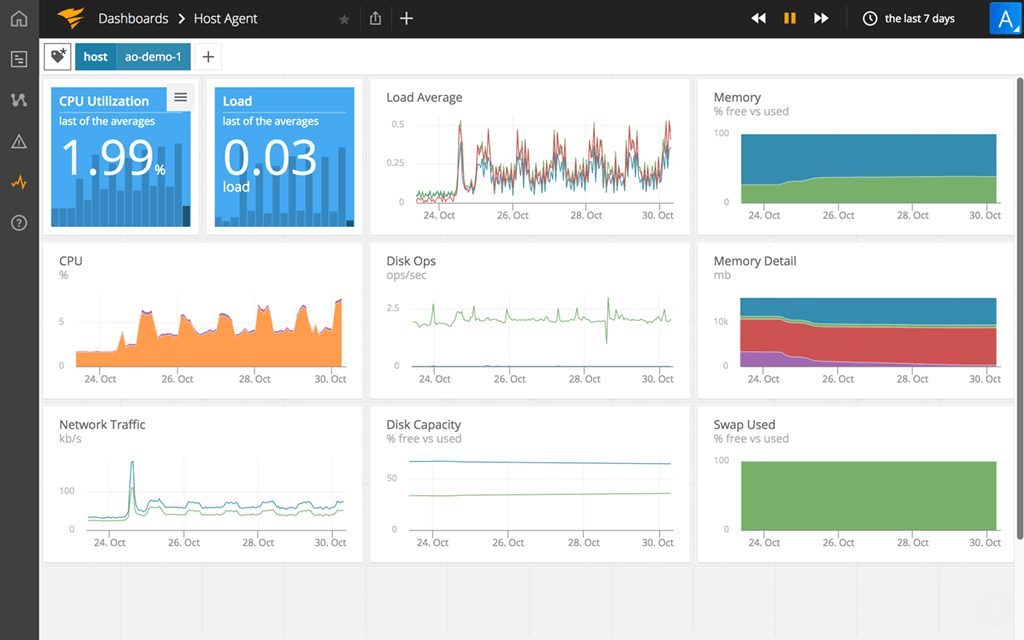

For a synthetic solution to work as a true indicator of user experience, the tests must originate from a location near the site’s actual users. Latency due to an end-user’s location is a serious problem for many websites and services. The importance of a large checkpoint network in synthetic Web Performance Monitoring With advanced web performance monitoring, a website or web service can discover bottlenecks, failing content, slow third party content, infrastructure issues, and generate error screenshots. Displaying the data in a waterfall chart provides a visual account of the page load progression. The request initiates from a real browser just like mid-level monitoring and measures the resolve, TCP connection, HTTPS handshake, send, wait, and receive times for each element on the page.

Advanced Web Performance MonitoringĪdvanced web performance monitoring provides the most granular performance data obtainable from Synthetic Monitoring.


Because Real Browser Monitoring loads the page content, if the page errors, the monitor generates a screenshot of the resulting page when possible. This level of performance monitoring gives a more accurate account of the sites response and load times, but it does not provide the element-by-element performance results of Advanced Web Performance Monitoring. The returned content loads into the browser just as it would for an actual user.
#WEB APPLICATION PERFORMANCE MONITORING DOWNLOAD#
Mid-level performance monitoring reduces the uncertainty of basic monitoring by using a real browser like Chrome to make the request, execute scripts, request and download additional content, and load the page. This very basic performance indicator can capture some back-end issues, track uptime (excellent for SLA tracking), and help identify performance trends but not much more in respect to performance. For example, basic web monitors do not download images, so speed issues due to image file sizes will go unrecorded. A basic monitor does not process the returned content, so any subsequent requests never happen. Basic Website Monitoring (also called HTTP and HTTPS monitors or uptime monitoring) uses checkpoints that send a request for the page and records the time it takes to download the page. Basic Web Performance Monitoringįor brochure sites and other non-critical pages, companies may choose the most basic form of performance monitoring. A site may choose basic to advanced performance monitoring solutions based on what needs monitoring. Every minute or so, a checkpoint sends a request to the website or web service, measures the response times, and generates reports and alerts based on the site’s performance during the test. Because the testing does not require waiting for user interaction, the monitoring industry considers synthetic monitoring an “active” form of monitoring. Synthetic Monitoring uses a computer application that conducts the performance checks on a routine basis. Synthetic Performance Monitoringįor an “active” approach to performance monitoring, companies use “synthetic” performance monitoring. Different solutions offer different levels of reporting granularity along with active ( Synthetic Monitoring) and passive ( Real User Monitoring) approaches. How does Web Performance Monitoring work?ĭepending on the type of service offered, a company may choose between many different types of Web Performance Monitoring. Third party content often plays a role in poor performance, but identifying sluggish third party content can be difficult without Synthetic Web Performance Monitoring. With dynamic distributed content, performance problems can manifest themselves at any point due to site changes or failing or inadequate hardware. File quantity, file sizes, system architecture, and user variables such as location, device, browser type, operating system, and connection speed all come together to form what could be a great or poor end-user experience. Many things can cause a website or web service to perform poorly. To safeguard a brand’s reputation and revenue stream businesses conduct regular Web Performance Monitoring on their web assets to prevent the costly loss of site visitors. Research shows that a site only has three seconds to load before losing 40 percent of its visitors ( source, and research by Google found that a half-second delay was enough to annoy users and turn 20 percent of a Google’s users away. Data gathered from monitoring helps to improve the service’s speed and ultimately increase user satisfaction resulting in higher user retention while reducing bounce rates and shopping cart abandonment. Web Performance Monitoring is the measurement of a website’s or web service’s ability to respond efficiently to end-user interactions.


 0 kommentar(er)
0 kommentar(er)
